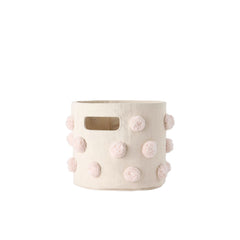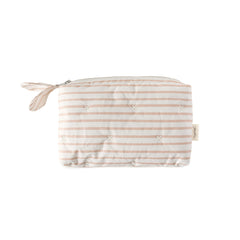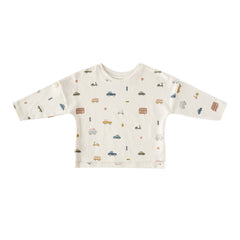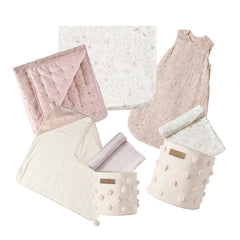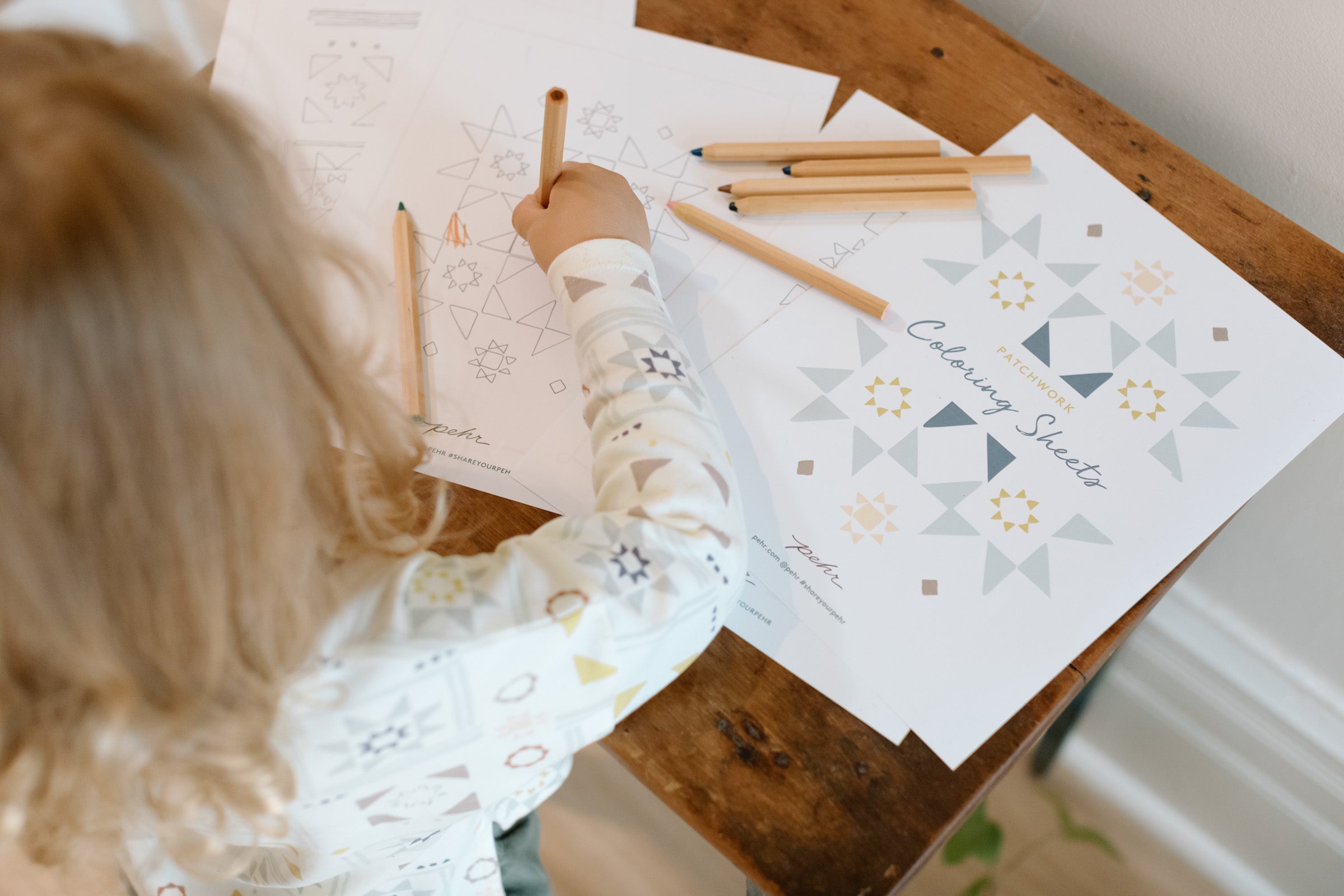Once the weather starts getting colder, it’s time to embrace fun games for kids that will keep your littles thriving! With dwindling daylight and cold temperatures, some days have to be spent indoors with enriching activities. Here’s 5 indoor activities to stimulate your little one’s imagination, boost baby and toddler development and make sure they stay active all winter long.
Indoor Activities for Babies and Toddlers
Now that the local playground and splash pad have shut down for the season, get creative with indoor activities. From practicing skills like the pincer grasp to gross motor coordination, color matching and exploring different textures and sensations, read on for our top 5 indoor activities to keep your littles entertained!
- Create a space to get physical. Physical exercise is important for littles at every age. Lay out a play mat for tummy time or a play yard for babies to practice crawling and a modular sofa or couch cushions on the floor for older kids. A pikler climbing triangle is a great way to encourage your littles to move, swing, climb (and have fun!). Babies learning to pull up and stand can start to explore while toddlers will love swinging, climbing, sliding and hanging. You can add on pikler accessories like a wooden slide and rock climbing ramp as well as a balance board for more fun games for kids.
- Spend time together in the kitchen. Littles love to help with cooking, baking and eating of course. Infants will enjoy sitting in their high chair next to you while they explore the textures and sensations of their foods and watch you host your own cooking show (don’t forget to narrate what you’re doing!). Toddlers are eager to help - give them small tasks to assist with (stirring, mixing, pouring - anything that is safe for them to do solo or with a bit of help from you) while you handle the knife work. A play kitchen with accessories like toy foods, a working sink and cooking sets will keep your little chef occupied while you get dinner in the oven. Fun games for kids start with simple things you can find in your kitchen: measuring spoons, muffin cups and stacking bowls are all the tools you need!
- Explore their artistic side. For babies and toddlers, keep things pretty simple - finger paints, play dough, stickers and crayons with printable coloring sheets. Set up a sensory bin with sand, water, slime or pom poms, a homemade busy board and other simple toddler activities your littles will have fun playing with while developing their fine motor skills. Preschoolers will want to tackle more challenging crafts like beading, construction paper projects like snowflakes and holiday cards, festive garlands and ornaments for the tree. Keep arts and crafts supplies organized in playful pom pom storage - and encourage your little ones to clean up and put everything back in place when they’re done.
- Make a cozy reading nook. Select different books every few days (littles love repetition but it’s also helpful to rotate reading materials to keep things fresh), curl up together under a blanket in comfy organic cotton clothing and read to your littles. Choose books either by theme or series - you can do all Christmas or holiday stories one day and then tackle the Little Pookie collection or Franklin series the next. Indoor activities like reading are vital for baby and toddler development (and who doesn’t love storytime?). For infants, choose cloth and tactile books and for toddlers and preschoolers, lift-the-flap board books, musical stories and picture books.
- Make music and dance together. Add some simple musical instruments like a drum, tambourine, maraca and xylophone to your family band! You can also use things around the house like pots and pans to practice beating a drum and exploring sound. Some accessories may wind up in your little’s mouth or on the floor (here’s how to clean baby toys). For toddler activities, try a ukulele or keyboard. Put on your favorite tunes as well as classic children’s music for a nursery rhyme sing-along or play a beloved movie soundtrack. Littles will enjoy moving their bodies to the beat (especially if you join them on the dance floor!).
Takeaways
We hope this guide to indoor activities has you both inspired and excited for the winter! Remember that the simplest baby and toddler activities using household items can provide hours of engagement that helps with your little’s brain and body development. From homemade lacing beads to pouring stations, magnetic games or sticker art, balance crafts with physical movement and welcome in all the fun games for kids to keep active, entertained and joyful all season long!

